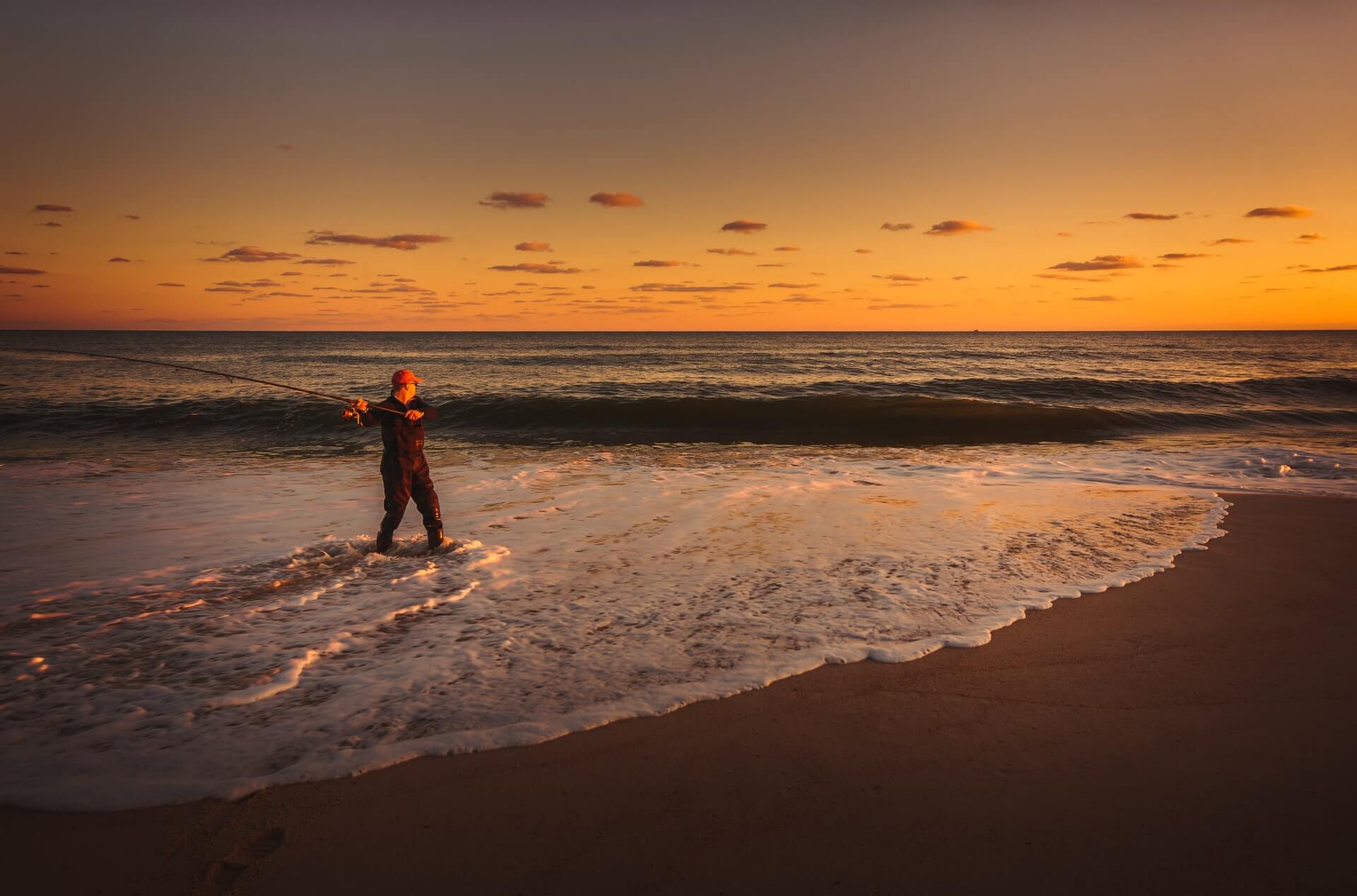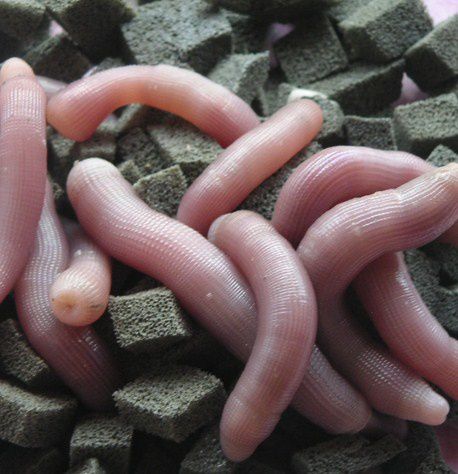
Le surfcasting is a fishing which is practised from the edge thanks to bait of all kinds. This fishing isn't really about stalking fish, but attracting them to you by presenting them with food they'll love.
To be as efficient as possible in this technique ofsurfcasting you will need to choose your equipment with care, rod, , reel, but also hook and others rig accessories as well as a good spool of nylon thread or braid according to your preference.
Once you have the right equipment, it is essential that you are trained in the following types of bait that exist in France to catch fish effectively. You will need to know thehabitat of each species and the particularities of each season. The scientific data we have gathered over the last few years and the experience of our elders tell us that there are indeed significant differences between the bait, but also the assembly, the line body, the hooks, etc.
For example, at the end of season fish have just one objective: to fatten up to get through the winter in the best possible conditions. As soon as the first fine days arrive, they emerge from this period and seek to feed themselves, but not with just anything. All these factors need to be taken into account when you visit your farm waterfront practice surf casting.
The first rule you should always bear in mind when you are on the sand, only offer fresh bait and in quantity.
Marine worms, the safe bet for surfcasting
These to are for the most part part part of the diet many species of fish. So they're a must-have that you'll need to have with you at all times for a fishing session surfcasting.
Harvesting them can also be great fun, if you want to find them yourself. All you have to do is wander around the beach, equipped with a fork or a worm pump depending on the coefficient.
Among the thousands of species of worms, we recommend the ones you will find most often on our beaches at France.
The arenicole
.jpeg)
Here is the first worm on our list, varying in size from 6 to 15 cm, you will find it in its fairly common habitat, this area is made up of sandy and muddy bottoms.
Surely one of the most used worms for the sea fishing, you'll find plenty of them along the coast of Brittany.
You can use this worm to target the bar, the sparidae, the rock fish, the location and flat fish.
There are several ways to store it, depending on whether you need to use it quickly or not. Newspaper, after rinsing well in sea water, is one of the simplest and most effective solutions for quick use, and the fridge and vegetable crisper are ideal places.
For longer conservation, a bucket filled with sands with a film of seawater will keep it in good condition.
The tube worm
%20(1).png)
This worm measures between 10 and 20cm and will be able to attract all types of fish species of fish making it an excellent bait for any situation.
It can easily be found all along the Atlantic coast, in sand, muddy or muddy sediments and with a high density of shellfish.
Simply store in a container filled with seawater and put in the fridge in the vegetable crisper.
La Gravette
.png)
This wandering worm is perfect for targeting bass, sparids, rockfish, pollack and flatfish, such as the arenicole.
Its strong point is its swimming action which makes it particularly attractive, the scent it emits is also very interesting.
You can find it in the sand and mud in foreshore as well as in shallow water on muddy and sandy bottoms. You are more likely to find it on the edge of the low tide.
It should be kept in seawater at a low temperature, and changed as soon as you notice any discolouration in the water.
Le Bibi

The last worm in our selection is Bibi, the list is not exhaustive, of course, and there are many other highly effective worms for the surfcasting fishing.
From 5 to 15cm long, you can target sparids, sea bass and more. Its habitat is loose and likes sand, mud and small gravel.
It can be preserved in a container of fine sand, covered with seawater and placed in the fridge.
Shellfish
The shellfish or molluscs are bait that fish love. Here are a few examples that you can find on our coasts.
The hull
.jpeg)
The best known is undoubtedly the hull, with a length of up to 5cm, sparids, rock fish and flatfish will pounce on it.
It is located on the foreshore at mid-tide, all you have to do is look in the sand, mud and gravel spots.
They can be stored in a different way to worms: this time you can put them in the bottom part of the fridge, wrapped in a damp cloth or seaweed. This way, they can easily be kept for 2 to 3 days if you use them as a food source bait, if you wish to consume it for a maximum of 1 day, we advise you to do so.
The knife
.jpeg)
Le knife with its elongated shape recognisable among 1000 is an excellent solution for targeting the species of bars, and rock fish.
It can easily be found at mid-tide in sandy bays and on the coast the foreshore. Living in colonies, it's easy to collect lots of them.
La technique is to find the hole and put a little salt at the entrance, then it will come out by itself.
Other effective baits
It's worth remembering that there are quotas to be respected in certain regions, whether for crustaceans, worms, etc. Each blow of the fork in the ground is capable of destroying an entire eco-system that will take years to rebuild.
Remember that it's also about food for seabirds, if abused, it could endanger certain species.
For other highly effective baits, take a look at the various crabs ;these include green crab, black crab and curlew. They can easily be found under rocks when the sun is shining major coefficients from tide. Harvesting by hand for the more adventurous or with a net for the more cautious.
The prawns are also a very good choice, if you want to go it alone, however, you'll have to fish for them in traps.
You might also like to read :
